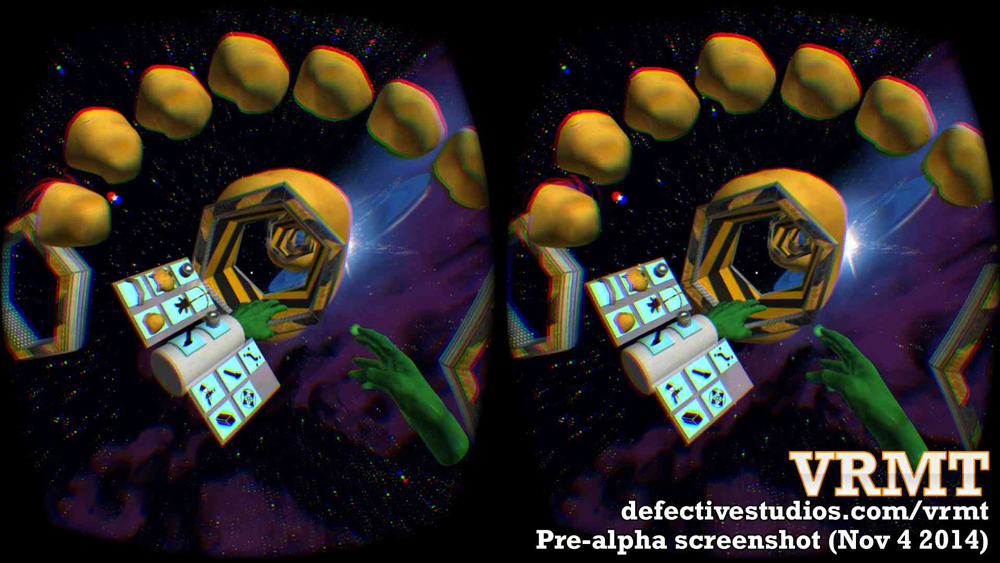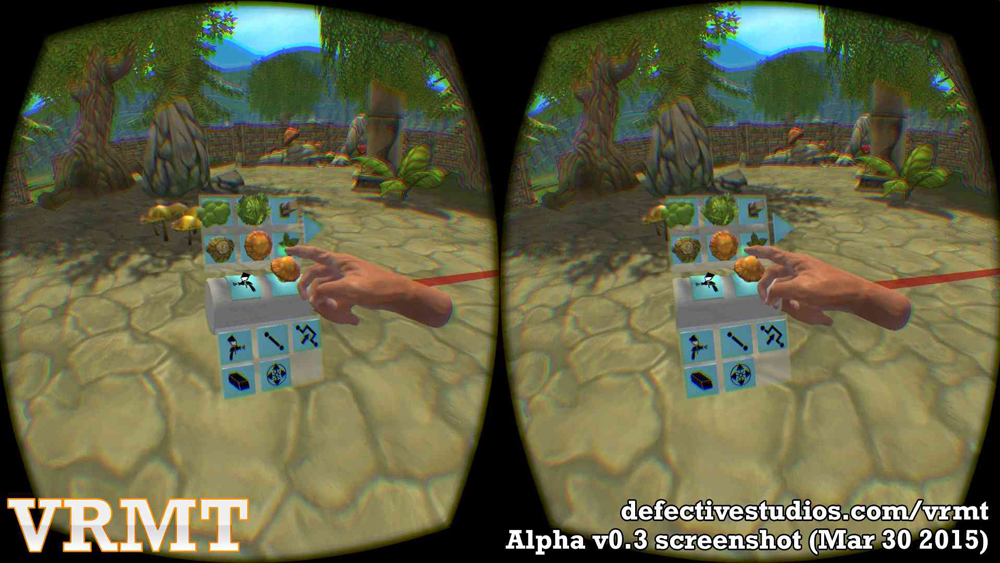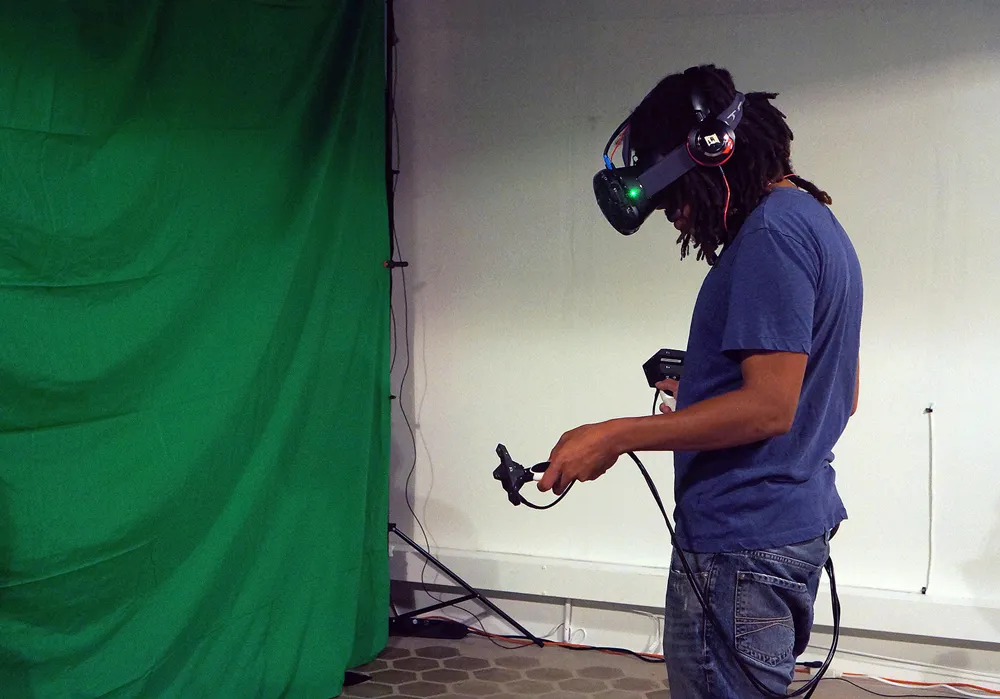Everyone always asks, ‘so what is the killer app going to be for VR?’ When the iPhone first came out it took us about two years to move beyond gimmicky iBeer apps to Angry Birds – the app many credit as being the iPhone’s first unique killer. Angry Birds took what was unique about the platform, the ability to interact with touch, and made it key to the gameplay. The result was something both addictive and original, something that struck at the heart of the new platform.
Virtual reality may be the single most inherently creative medium we have ever experienced. By its very nature it encourages both imagination and creation. It is a medium filled with endless possibilities, a realm for artists and developers to play in, free from the bounds of reality. Truly the only restriction for virtual reality is your imagination. (And maybe your programming skills) That’s why it only makes sense that when you ask many virtual reality developers what their most desired app is, the response is fairly consistent: world creation in VR. Well developers and artists alike, your prayers may have been answered this weekend in Austin, Texas.

VRMT is a world creation app inspired by the short film, Worldbuilder. Originally built for the DK2 back in late 2014 VRMT utilized both Razer Hydras and a Leap motion as input devices. Within VRMT users are able to create 3D worlds directly within VR using a set of assets and tools. It was like building in Unity… like literally in Unity. But there was a problem, design requires precision and mass adoption requires… adoption. Speaking with Matt Schoen, Defective Studios’ co-founder, it was clear the team was exhausted by the current input crop. “We’ve been super frustrated with the low market penetration of the Hyrda and the fact that the STEM is still not out yet,” so when the team heard about the chance to develop on the HTC Vive with its precision tracked controllers they “couldn’t pass up the opportunity” going as far as to call the controllers “a godsend.”
So Defective sent Jono Forbes, Schoen’s co-founder, down to Austin to see just how effective the new input would be with the app, and the results were pretty great. So great that it “makes going back to the Hydras even less appetizing…”
VRMT running on a DK2 with Razer Hydras and Leap Motion
Forbes originally had intended to only dedicate a brief period of his time porting the experience to the Vive, “the first couple hours,” and then dedicate the rest of his time to developing a new project. But you know what they say about the best laid plans… a few specific difficulties getting the experience to run correctly at room scale in the SteamVR ecosystem inevitably cropped up, which led to Forbes putting his full attention towards VRMT for the Austin Vive Jam. Forbes’ refocus led to some new features being added to VRMT, including a very interesting solution to the ‘locomotion problem’ on the Vive.
Right now the Vive, in all its amazing glory, has you walking around in ‘room-scale’ virtual reality. This means that your room becomes the world that you are in, and you are able to move through it the way you would in reality. Problem is there are walls in reality, so what happens when you need to cross vast distances, or even just move beyond the confines of your physical room? It’s a problem that many developers are experimenting with, including Forbes – whose solution may be the most original I have heard yet.
“[The] Vive version has a 10x ‘giant mode’ where you can go to big scale, take a few giant steps forward, and then return to normal scale, at least another room’s size away,” says Forbes. The mode is a contrast to one of the more traditional methodologies, point and teleport, “While teleporting is the more straightforward way to get around, you can use giant mode exclusively to get around beyond room scale, by taking a few giant-mode steps forward, then switching to normal scale and taking a few normal-sized steps backward, then back to giant mode and more giant-steps forward…” and so on.

This method, Forbes admits, is probably “not the winning solution,” but it is a creative way to move through the world that actually makes a lot of sense given VRMT’s god-like creative nature. Being able to build a world at 1:1 scale then blow myself up to the size of a giant to observe and wander through my creation honestly sounds like a dream (or at the very least a comfortable megalomaniacal fantasy).
Forbes says the team has been working on a number of different methodologies for locomotion in the app. In one version, built for Project Tango, VRMT has “a ‘clutch’ feature where you can ignore physical orientation temporarily and move the world around yourself virtually; porting this to VR would let you pace back and forth in a room physically while moving continuously forward in the VR.” It is a method that Forbes is eager to experiment with.
VRMT was one of many great experiences developed for the Vive game jam – but it could easily become one of the most lasting. VRMT combines the raw creative wonderment of Tiltbrush with the world building properties of a simple game engine into one program and for developers and artists, that right there might just be the killer app.
Lead Photo Courtesy of Lauren Ellis






























